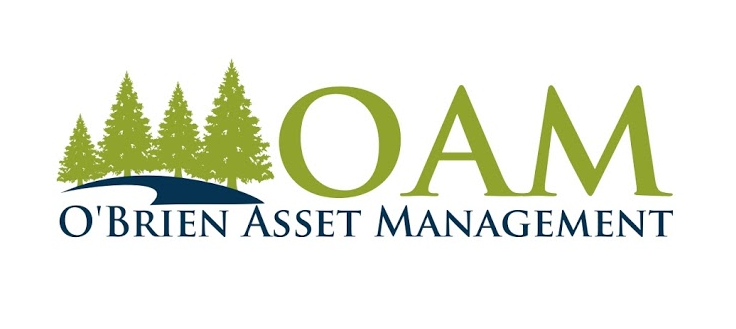The plunge in interest rates in the wake of the pandemic offered homeowners yet another opportunity to refinance their mortgages. They have been, in record numbers. The cost of refinancing will now be getting more expensive with the implementation of the Federal Housing Financing Agency's (FHFA) "Adverse Market Refinancing Fee."
All refinances backed by Fannie Mae and Freddie Mac (~70 percent of all mortgages), which the FHFA oversees, will be subject to the Adverse Market Refinance Fee, equivalent to 0.5 percent of the total loan amount. The fee is intended to help cover at least $6 billion of projected losses incurred by the Covid-19 crisis, the FHFA said in an August statement. Originally slated to go into effect on September 1, it was pushed back until December 1st due to the dislocations in the economy.
The fee actually will be charged directly to lenders by the FHFA, who will then most likely pass it on to customers. The way in which borrowers will get charged might differ from lender to lender. For example, lenders might tack the fee onto the closing costs, add it to the loan amount or raise the interest rate. Since the fee is 0.5 percent, lenders will be looking to recoup $500 for every $100,000 lent out.
There are some borrowers who will escape the new fee, including those whose loans are $125,000 or less, "nearly half of which are comprised of lower income borrowers at or below 80 percent of area median income," according to the FHFA. On the other end of the spectrum, jumbo mortgages, which are loans over $510,400, will not be required to pay the fee.
Additionally, lenders that don't sell their loans, also known as a direct lender or a portfolio lender, won't be charged the fee, which can put them (and their customers) at an advantage.
However it gets paid, whether built into the rate or the amount borrowed, it is just another piece of the equation of determining if a refinancing makes financial sense.

